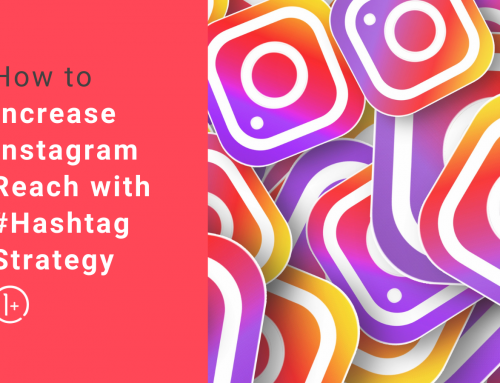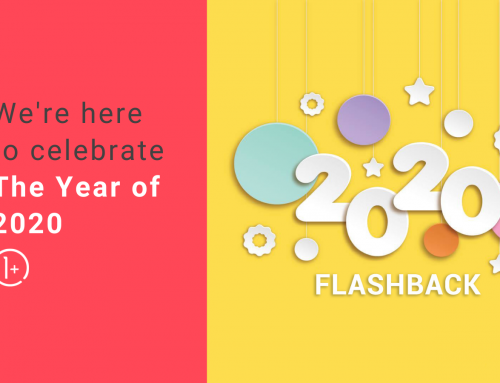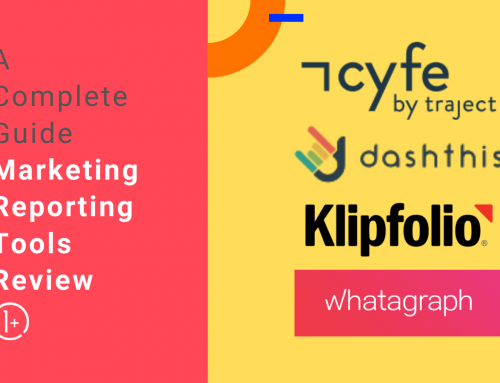In the previous blog, we share some tips on how to transform Facebook data into an analysis-ready format. This article will help you to study these data and learn more about your target audience. Let’s look further into how to generate marketing insights from your Facebook Insights exported data.
Social Media and Digital Marketing during The Quarantine
Before we start, three things you should know during the time of coronavirus pandemic. First, your data could fluctuate a lot. Since people are desperately checking store opening updates and buying things online, you might witness a huge growth of online traffic at one point, but it all goes down suddenly. As physical retailers are to reopen soon, an increasing cross-channel or cross-device traffic could result in a boom in your digital footfall; however, this does not guarantee a boost in sales. That’s why you have to understand your audience through your data.
Next, you might ask yourself: Is it the right time now to invest in Google or Facebook ads? The answer is yes. According to a Wolfgang Report, since mid-March, the cost of online advertisement is lowering while the return of online advertisement is increasing. I’m pretty sure you’ve noticed there are a lot more social media ads in the past few weeks. Not sure? Check your recent purchase history (or even just browse history) and you’ll realise how much online advertisements impacted your shopping behaviours.
Third, keep in mind that your online traffic could be inflated. This comes from remote working in that employers are constantly visiting their websites and social media channels. either without filtering out their traffic or not using a VPN to connect with company’s online resources. In short, don’t get hyped when you see an explosion on your online traffic – it could be you (or your cat secretly and intendedly to mess up your work while you’re away for coffee. Who knows?)
Note: These consequences may happen during holiday weeks such as Easter or Christmas
Find An Optimal Day and Time to Post on Social Media
If you search ‘best time to post on Facebook’ on Google, you’ll get different suggestions from different social media experts. Interestingly, they’re all scientifically supported. Here are some examples I found:
- “Best times: Wednesday, 11 am and 1–2 pm.” – Social Sprout
- “The best time to post to Facebook is between 1 pm – 3 pm on during the week and Saturdays.” – Buffer
- “The best times to post are Wednesday at 11 am and 1 pm. The overall best day is Wednesday.” – Influencer Marketing Hub
- “On average, the best time to post across industries is 9 am… The best days to post on Facebook are Thursday to Sunday.” – Hubspot
So, what is the optimal time to post on social media for your business?
The answer is: there’s no universal answer.
Confused? Let’s break it down. First, know your average engagement numbers. Go to your last row (Ctrl/Command + ↓ ), create a new row below that, and implement the AVE formula. My result here is 345.
Optional: Before this step, you can add another column for engagement rate by calculating the percentage of ‘Engaged Audience ÷ Total Reach’.)
Next, go back to the first row. Filter “Monday”, for example, and you’ll get the posts on every Monday. (Learn how to create the day-of-week column here.) You can see I got a number of 400, meaning Monday’s posts are performing better than average. Record this figure and repeat this step for the rest of the days. Compare the numbers and you’ll know which day(s) is the best to engage with your audience. And then use the same method to know at what time is the best time to post on Facebook.
You can do an A/B testing to optimise your content schedule by posting on different times and days. For example, you find out Monday 9 am is your best time to post, but you also notice that posting on Friday 3 pm is a potential upsurge. What you have to do is simply post similar content on two designed time every week and compare the results afterward.
Note: Always pick one variable to test; otherwise, you can’t be sure which one was responsible for changes in performance. In our case, that is posting time.
What Is Your Best Social Media Content?
By content, I mean two things: media format and context.
According to research by Buffer in 2019, video performs better than images or links on Facebook. This, nonetheless, does not mean you should always post videos. Two reasons: 1) You should understand your audience’s preference, and 2) repetitive content bore your customers.
Use the filter in the first row of your formated datasheet to know which type of post is performing better. Is it text, photos, video, or shared content? Once you figure it out, just feed it more to your followers, but always mix up your page with different media formats. This will definitely make it more fun to read.
Tips: If you’re posting original images and videos, make sure you use the same design elements and colours in all of your posts.

Source: Instagram @muclubsandsocs
“Content is king, but context is God.” – Gary Vaynerchuk
Only you would know your audience, especially when you’re regularly posting on social media. To have a more comprehensive understanding, carefully study your context: what topics/tone of voice on your page is more well-performed? Apply a filter of certain keywords or terms in your datasheets, such as products, services, competition, ‘congrats’ and even hashtags. You should be able to easily distinguish what your target audience’s interests are by looking into each keyword.
The other way to figure out what is your best content is to check your page’s growth pattern. You might have a huge page like growth (or loss) on a day. Go back to your Post datasheet and see what you posted on that day. The content you posted on those days is exactly what you should manipulate more (or to avoid).
In summary, data has a better idea. When looking into your Facebook Insights data, you should do three things:
- Watch out for seasonal or temporary fluctuation.
- Create an optimal posting schedule.
- Find the best content by reviewing media formats and your context.
Feel free to leave a comment!
This article was written and created by our Data Analytics expert, Tzu-hung Liu, with 1 Plus Events.









Leave A Comment